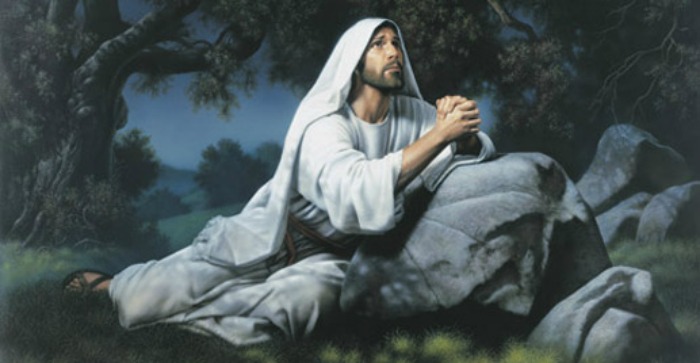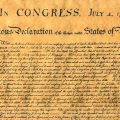Question
Gramps,
I was talking to my son about the fall of the Roman empire and the Middle Ages. I explained how The Great Apostasy occurred around that same time and that was the reason for the lack of progress and development during the Middle Ages. This led to him asking me about the Renaissance and how that fits in with the Gospel. I had no idea. Can anyone help me? I’ve heard that we’ve had tremendous developments in science and technology since the gospel was restored, but that doesn’t explain the Renaissance.
Wondering
Answer
Dear Wondering,
When we talk about the “Dark Ages”, we typically think of the entire period from Christ’s death until the Renaissance period. This really isn’t correct.
The period around and just after Jesus’ life was a period of deep corruption and ultimate decline of the Roman empire. Rome, which had been the center of the mightiest empire in the Mediterranean, was sacked twice in the centuries following Jesus’ life. Both times, the Roman leaders basically bought off their attackers. In 476 AD, the Germanic tribes sacked Rome again and would not be bought off; this traditionally marks the end of the great Roman empire. But the fact is that the Roman empire had been teetering for centuries and becoming increasingly decrepit and corrupt, until it could not longer sustain itself. (Sound familiar?)
In the centuries following the fall of Rome, some really awful things happened that had a devastating effect on Europe and the entire Mediterranean. Wars and a possible cooling trend in the four or five centuries following Rome’s capitulation, along with disease and a general loss of education, led to a massive depopulation of much of Europe, especially central Europe. The surviving Christian church’s center moved from Rome to Constantinople. (Later in the 11th Century, the Roman leaders asserted the primacy of their rule, and the Church split into Roman Catholic and Eastern Orthodox parties.) It was largely through the efforts of the Church and its leaders that Europe did not fall completely into savagery — though of course the apostasy from Jesus’ gospel occurred long, long before even the time of the fall of Rome.
The Dark Ages refers, or at least should refer, to the “low” or early Middle Ages, up until maybe 900 or 950 AD or thereabouts. (Respectable scholars typically sniff at any usage of the term “Dark Ages”, but I am not a respectable scholar. So there.) By about 1000 AD, Europe had begun to stage a remarkable comeback. The continent was beginning again to be quite populous. Ironically, this led to some devastating plagues in European cities, which were becoming huge (as in tens or even hundreds of thousands of inhabitants), but had not as yet learned or implemented important public sanitary measures such as underground sewers. Technology began picking up as many Roman ideas and strategies were rediscovered and farmers put such technology to use to improve crop yields. By about 1200 AD, in the “late” Middle Ages, Europe had become quite prosperous. Many of the ideas of the type of slavery called “serfdom” were developed, then abandoned, in the high Middle Ages as the Renaissance took hold.
The Renaissance was a remarkable time, but for the bulk of Europeans, it was invisible or very long (centuries long) in producing visible results. I think the ideals of the Renaissance probably played an important role in the establishment of a society in which the gospel might come forth and fluorish, but I think we often overromanticize the Renaissance and take an unreasonably negative view of the Middle Ages.
As far as the gospel, there is a connection to print the Book of Mormon a printing press was required. The printing press was invented (according to Wikipedia) around 1440, the Lord clearly had to pour out some of his spirit to inspire its creation. Once the printing press is created then Bibles could be created cheaply and put into the hands of the masses. The Bible is the Word of God. People who read the Bible will feel the Spirit of God, and begin the process of coming out of darkness and into the light, which is what many claimed happened during the Renaissance.
The printing press greatly increased the ability to have more books and more knowledge to more people. This increase knowledge supported the increased desire in people to worship or not how they felt they needed to and not according to the dictates of the Church of the time. The Protestant Reformation followed. The Reformation broke the religious domination of the time and due time made it possible for the USA to be founded on the ideals of religious freedom.
This religious freedom allowed the formation of many churches. Including one by a young farm boy in New York who claimed to have a vision of the Father and the Son and translate a new book of scripture based on golden plates found in a hillside.
We state that the Church of Christ was restored in 1830. But when we look at the history of the world, we see the Lord doing a lot of prep work over the centuries to make it possible.
Gramps







